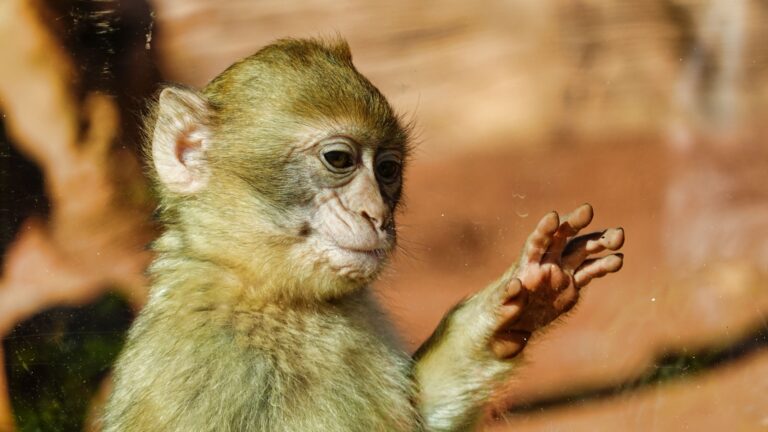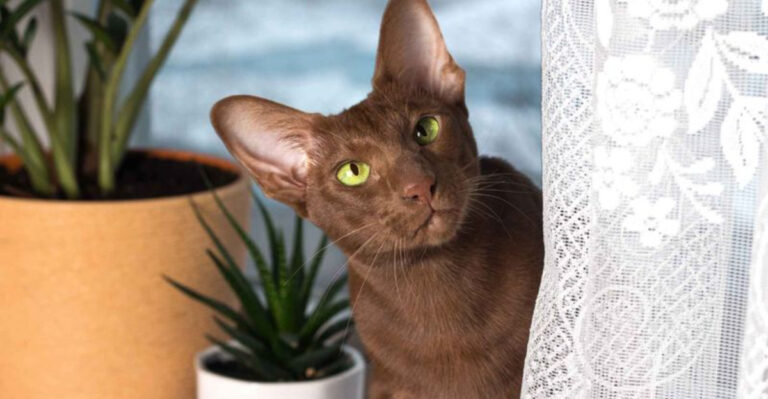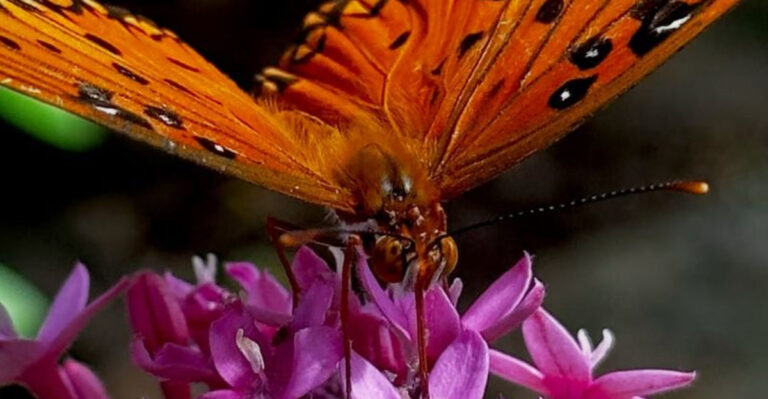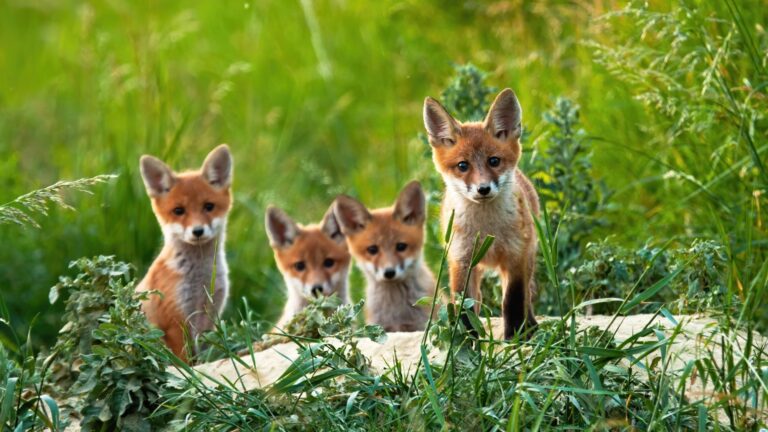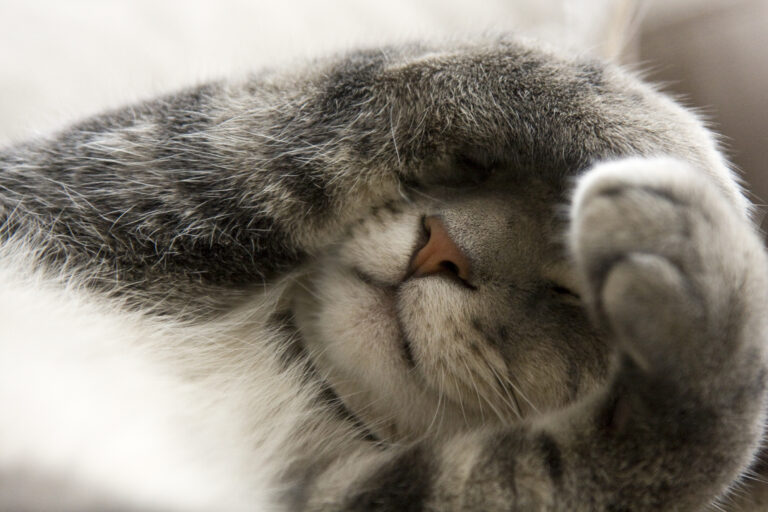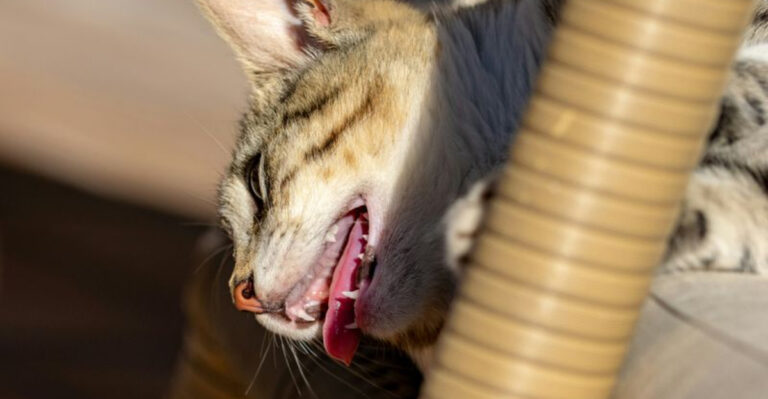13 Fascinating Facts About How Cats See The World
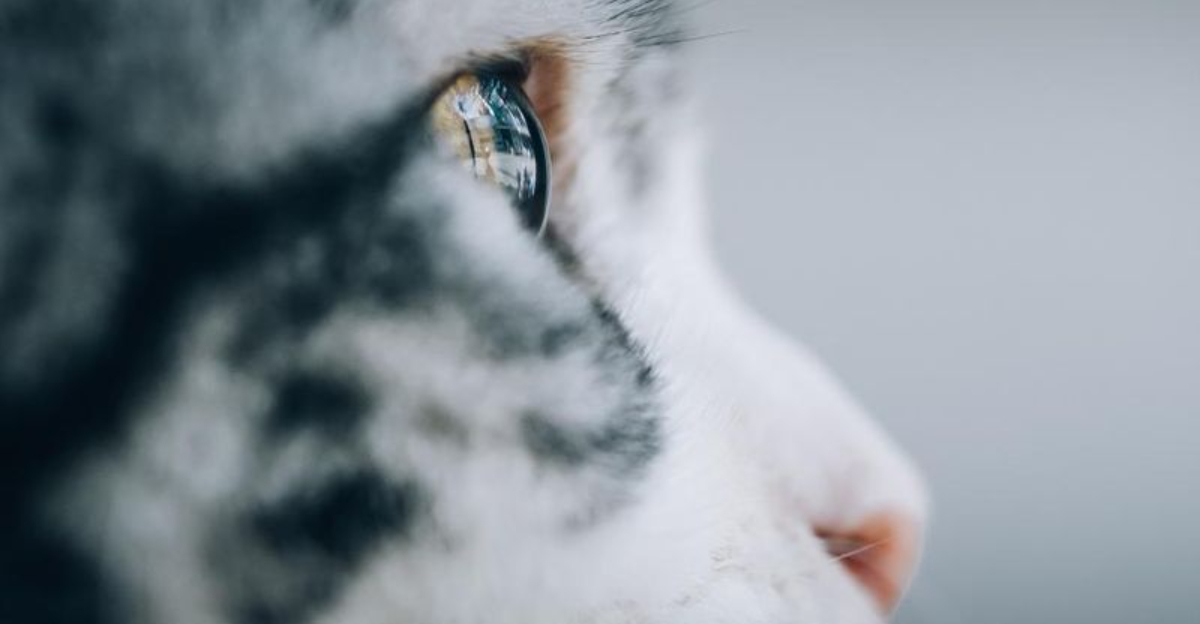
Ever wondered why your feline friend seems to spot that tiny bug crawling across the floor before you even notice it? Cats have evolved remarkable vision capabilities that help them survive as both predators and prey.
Their eyes work quite differently from ours, giving them unique advantages in how they perceive their surroundings. Let’s explore some amazing facts about how our furry companions view the world around them.
1. Cats Can See In Low Light
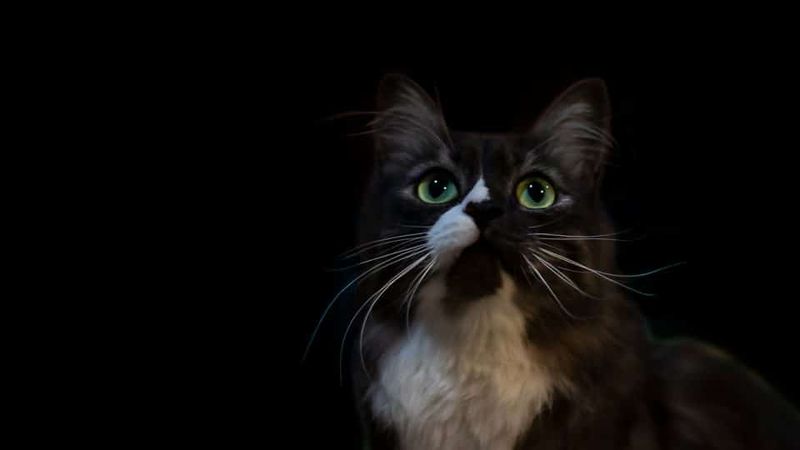
Your cat doesn’t need a flashlight to navigate at night! Their eyes collect light incredibly efficiently, allowing them to see in conditions six times darker than what humans require.
This superpower comes from having more rod cells in their retinas, which are specialized for detecting movement and operating in dim light.
2. Cats See Colors Differently Than Humans
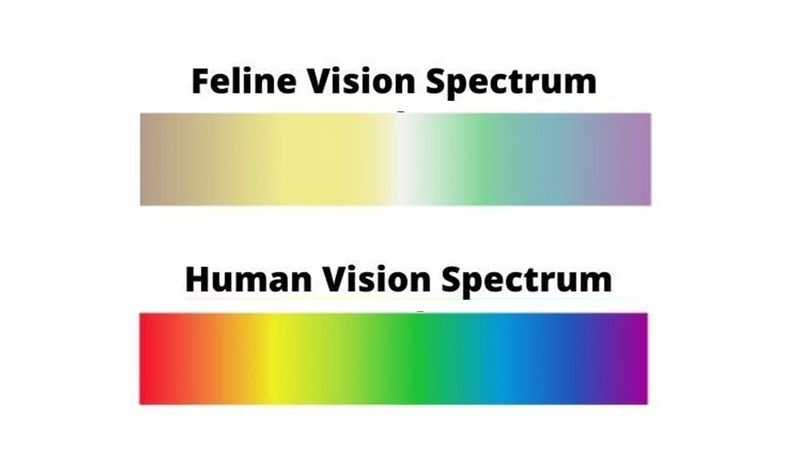
Feline color perception resembles what a colorblind person might experience. Cats primarily see blues and greens, while reds appear more muted or grayish to them.
Their world isn’t black and white as once believed, just less vibrant than ours. This limited color palette is perfectly suited for hunting prey in natural environments.
3. The Importance Of Cats’ Whiskers For Navigation
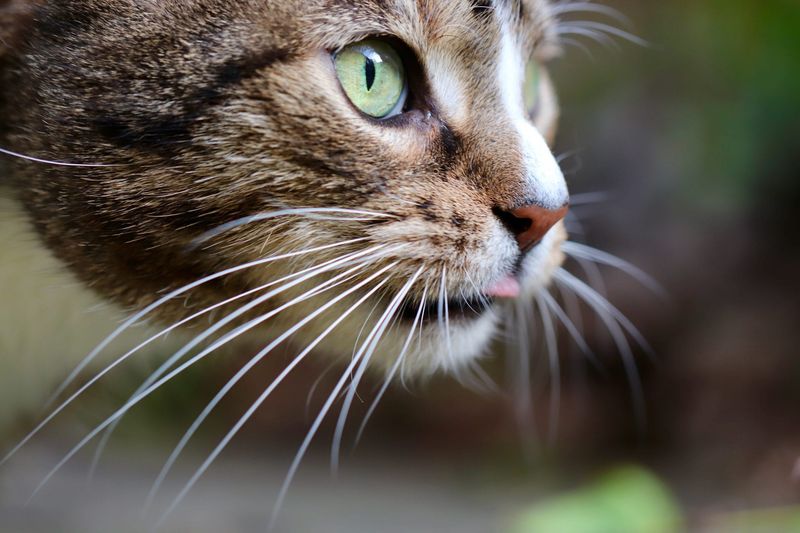
Those impressive whiskers aren’t just for show! They function as sophisticated touch sensors that help cats “see” objects even when their eyes can’t.
Each whisker connects to sensitive nerve endings, creating a spatial awareness system. When air currents or objects disturb these whiskers, cats receive detailed information about their surroundings.
4. Cats Have A Wider Field Of Vision
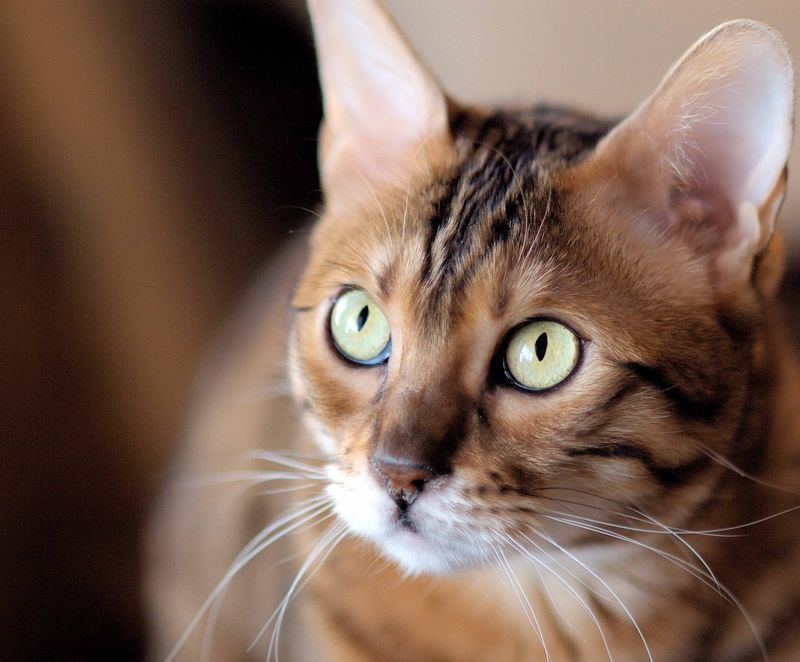
While humans see about 180 degrees around them, cats enjoy a panoramic view of nearly 200 degrees! Their eyes sit more toward the sides of their head, creating this expanded visual field.
This adaptation helps them spot potential threats or prey approaching from various angles without turning their head. Talk about having eyes in the back of your head!
5. The Tapetum Lucidum And Cats’ Night Vision
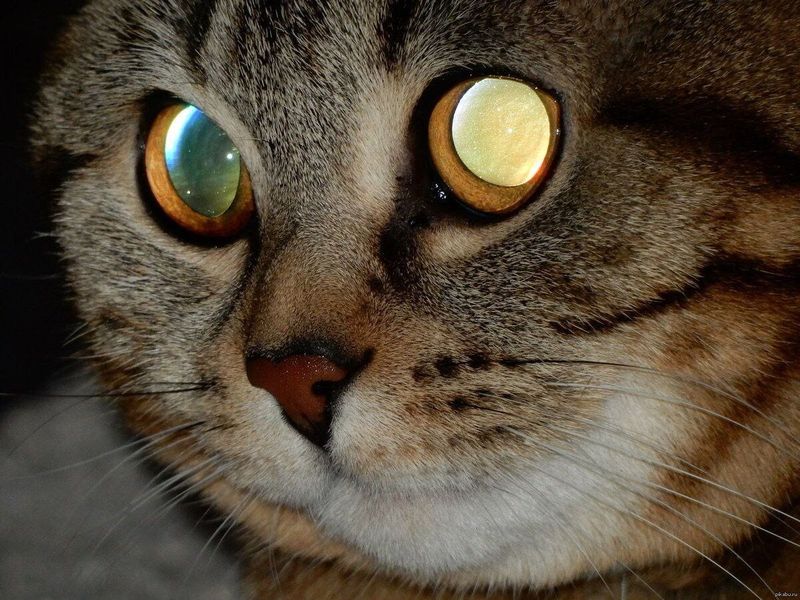
Behind a cat’s retina lies a special reflective layer called the tapetum lucidum. It acts like a natural mirror, bouncing light back through the retina for a second chance at detection.
This remarkable adaptation essentially gives cats double exposure on incoming light. No wonder they excel at hunting during dawn and dusk when light is limited!
6. Cats Have Superior Motion Detection

A slight movement across the room instantly grabs your cat’s attention because their visual system prioritizes motion detection above all else. Even the tiniest twitch won’t escape their notice!
Their brains process movement signals faster than humans, making them exceptional hunters. This skill explains why they’re so captivated by waving toys or darting laser pointers.
7. Why Cats’ Eyes Appear To Glow In The Dark
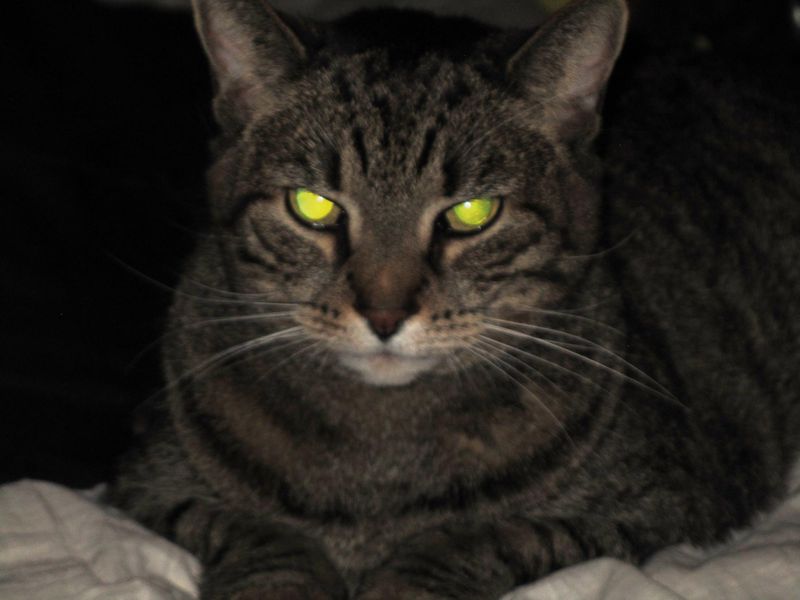
That eerie glow from your cat’s eyes in flash photos isn’t supernatural—it’s science! When light hits their eyes at night, it reflects off the tapetum lucidum and bounces back out.
Different cats produce different colored glows ranging from green to gold to copper. The specific color depends on minerals in the tapetum and the cat’s age.
8. Cats See Objects In Focus Only Within A Short Range
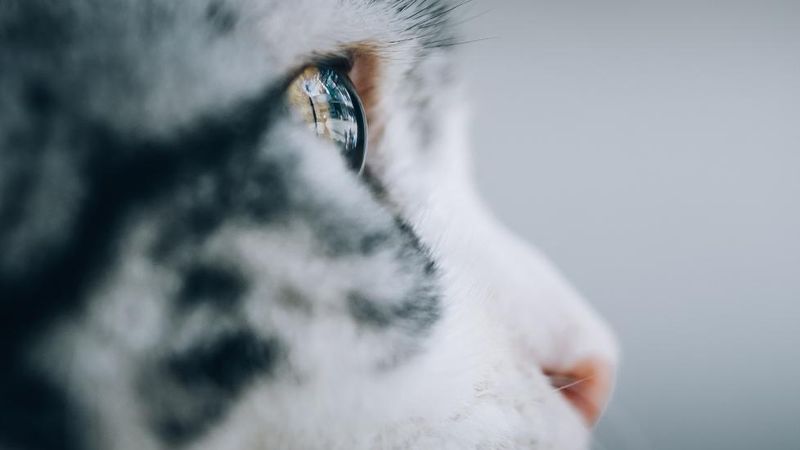
Kitties aren’t great at seeing distant details—they’re nearsighted compared to humans. Their vision is sharpest between 2-6 feet away, perfectly calibrated for pouncing distance.
Beyond 20 feet, objects become increasingly blurry to them. Nature designed their eyes specifically for hunting small prey at close range rather than appreciating distant landscapes.
9. How Cats See Humans

Your cat recognizes you more by your movements, voice, and scent than by your facial features! Their brains aren’t wired to process faces like we do.
Studies suggest cats can identify their owners but rely on multiple sensory cues rather than detailed facial recognition. They’re constantly tracking our movements and behaviors to understand us.
10. The Role Of Cats’ Eyes In Communication
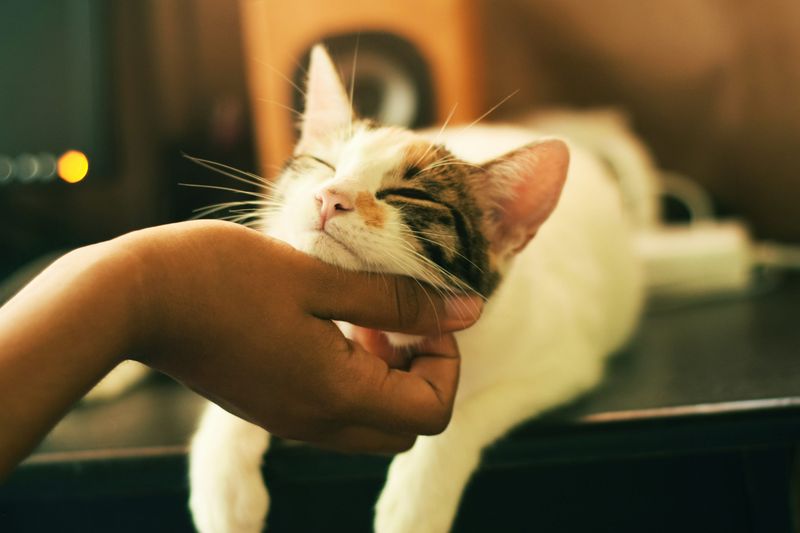
A slow blink from your cat isn’t just adorable—it’s a feline “I love you”! Cats use subtle eye movements and pupil changes to communicate their feelings and intentions.
Wide-open eyes signal alertness or fear, while half-closed eyes show contentment and trust. Next time your cat gives you that slow blink, try returning the gesture to strengthen your bond!
11. Why Cats’ Eyes Change Size

Those dramatic pupil changes aren’t just for adjusting to light—they’re mood indicators too! Slit-like pupils often signal contentment, while fully dilated ones can mean excitement or fear.
Cats’ pupils can change size 135-fold compared to humans’ 15-fold range. This exceptional control helps them hunt in varying light conditions throughout the day and night.
12. Cats’ Peripheral Vision
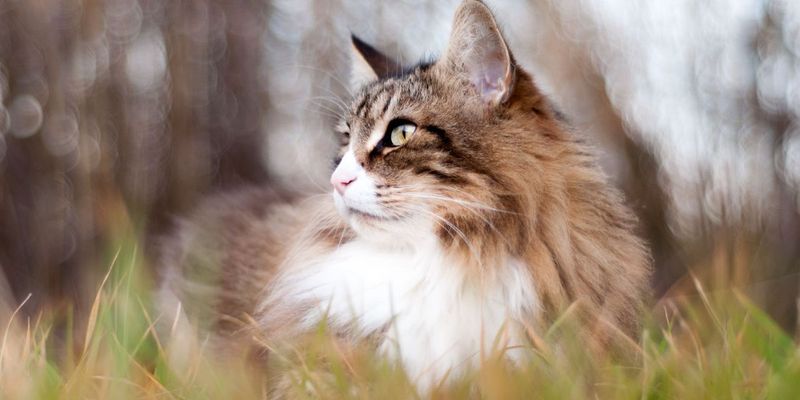
That sudden pounce on a toy coming from the side showcases your cat’s incredible peripheral vision! Unlike humans who focus straight ahead, cats excel at detecting movement from the corners of their eyes.
This adaptation helped their wild ancestors spot approaching dangers without moving their heads. Your house cat still carries this survival advantage, making sneak attacks nearly impossible!
13. How Cats’ Eyes Adapt To The Time Of Day

Your cat’s eyes constantly adjust to changing light conditions throughout the day. Their vertical pupils narrow to tiny slits in bright sunlight, protecting sensitive retinas while maintaining depth perception.
As darkness falls, those same pupils expand dramatically to gather available light. This remarkable adaptation allows cats to transition seamlessly between daytime and nighttime hunting.

